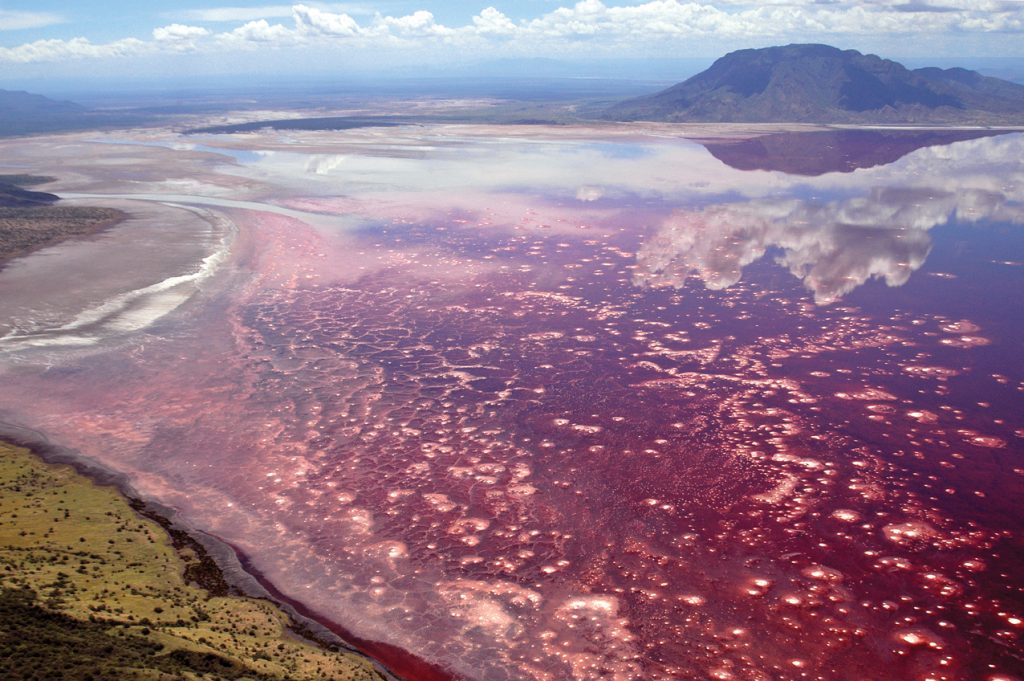
9. Bismuth crystals
Bismuth is a dense, super-shiny grey metal that’s found in predictable places like safety valves and paintings, but also Pepto-Bismol.
If you melt it, then cool it very slowly, bismuth forms iridescent cubic crystals — even on your own stove.
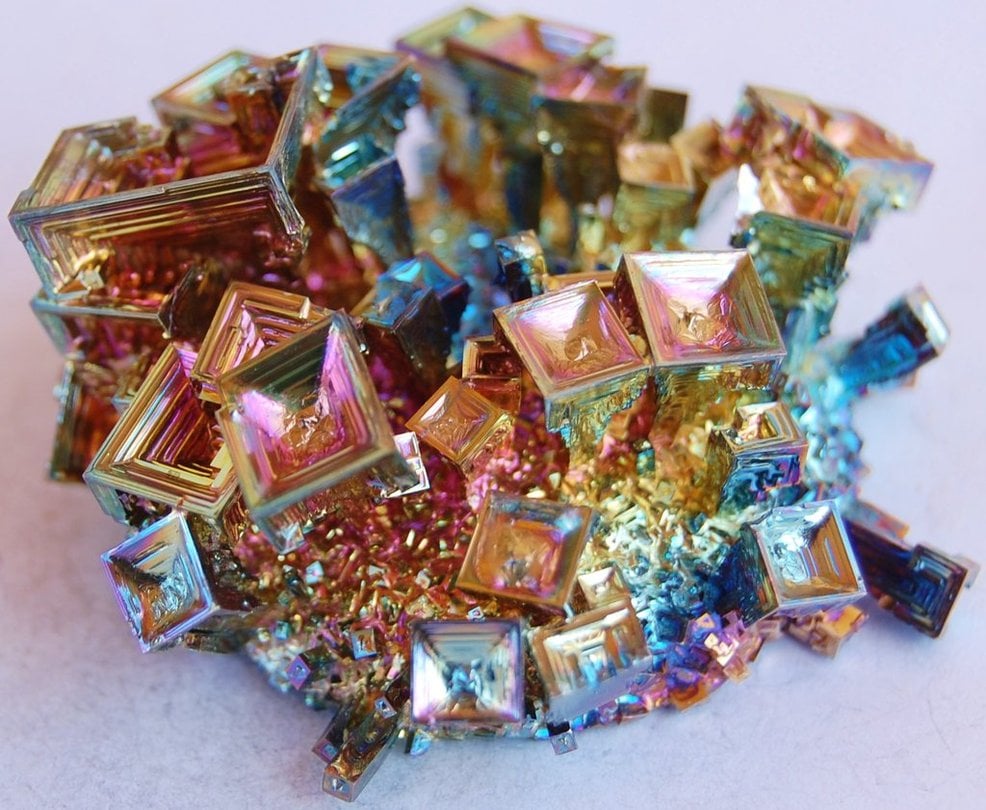
Watch that magic happen here:
10. Blood Falls
Blood Falls, in one of the driest regions of Antarctica, is fed by an underground lake. It’s full of bacteria scientists want to study because they fuel themselves with sulfates, instead of sugars like we do.
The water has so much iron in it that it literally rusts when it meets air, giving the waterfall its trademark color.
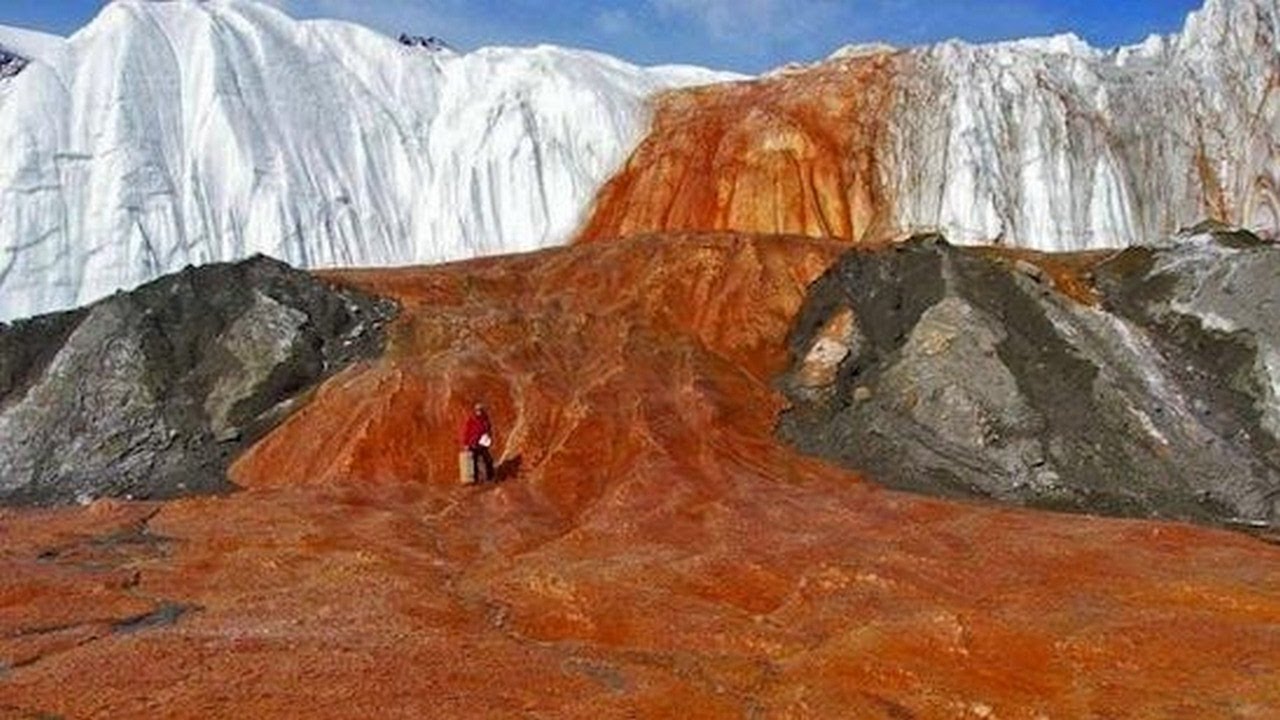
11. Desert roses
Sting wasn’t making it up: There really is such a thing as a desert rose.
It’s a special form of the mineral gypsum that can develop in dry sandy places that occasionally flood. The switching between wet and dry lets gypsum crystals form between grains of sand, trapping them.
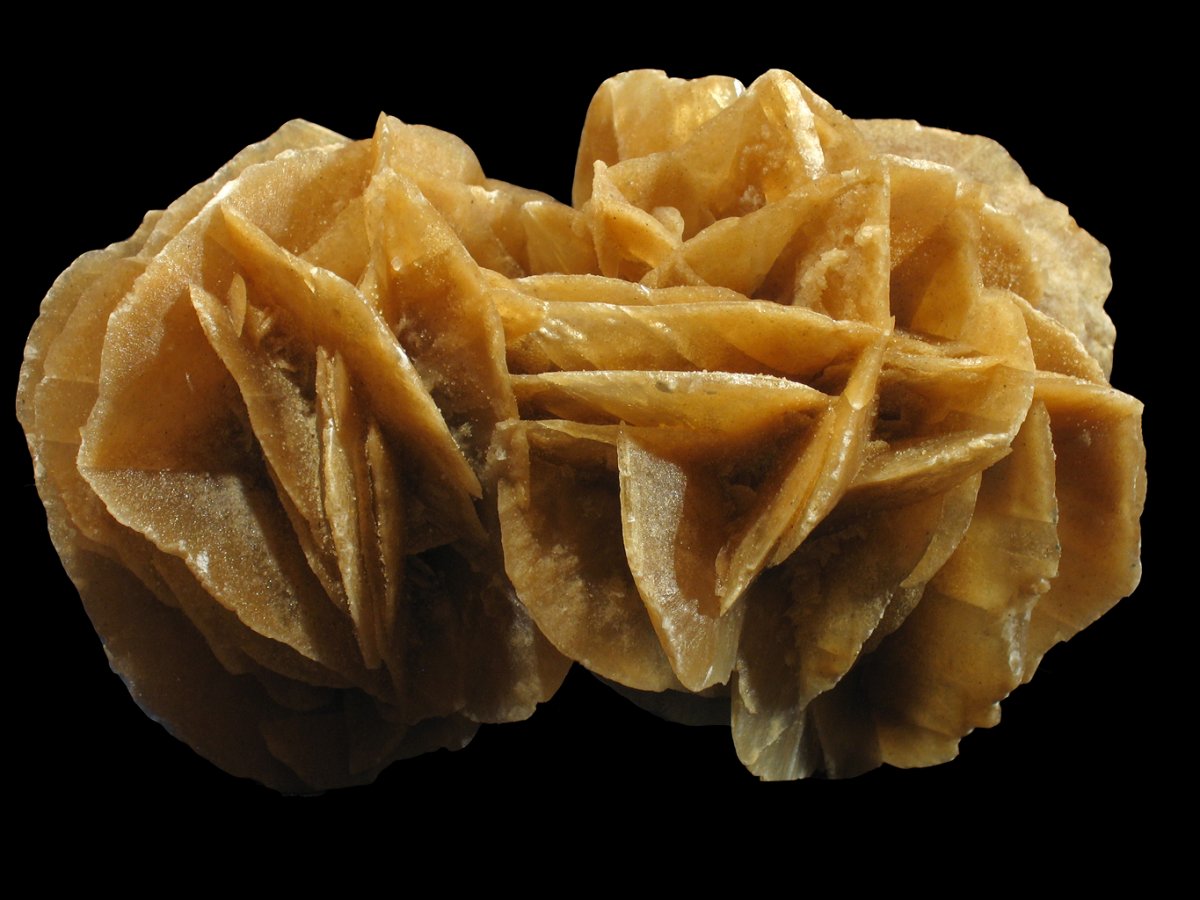
12. Giant permafrost explosions
As the climate is changing, new phenomena are developing — none quite so explosively as this one.
It turns out that if you heat frozen methane trapped in the Siberian permafrost enough, it turns into a gas, eventually building up so much pressure that the ground explodes. The loud boom and giant hole these bursts create were first reported in 2013.
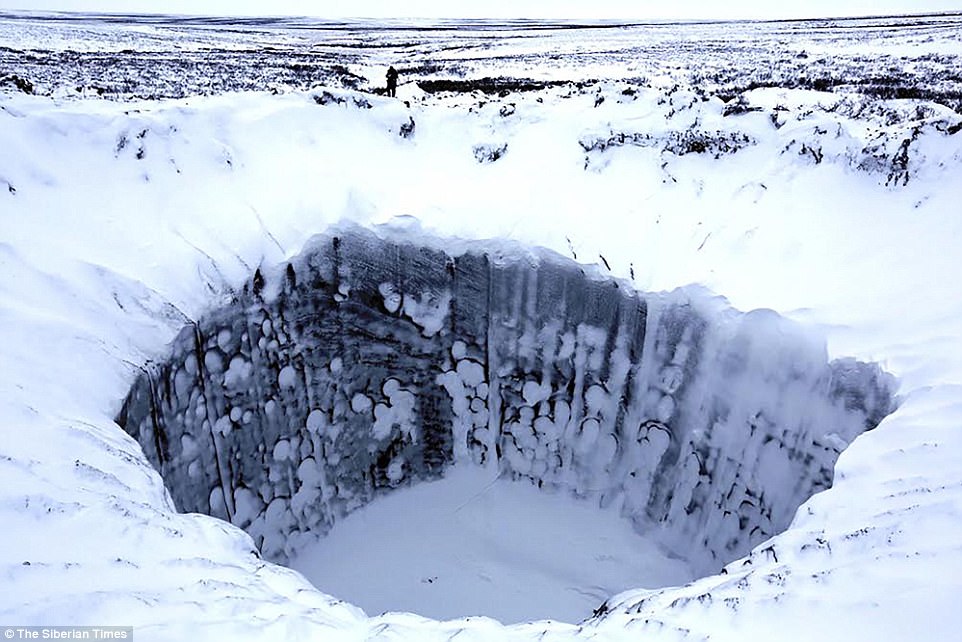
13. Rainbow eucalyptus
Hailing from the Philippines and Indonesia, the rainbow eucalyptus, also known as the rainbow gum, is probably the most colorful tree on Earth. Its striped look is caused by bark turning colors and peeling away as it ages.
The youngest bark is bright green because it contains chlorophyll (usually found in leaves), then turns the first purple then red then brown as it gets older, loses chlorophyll, and picks up tannins (also found in wine).
In an ironic twist, huge amounts of rainbow eucalyptus wood pulp are turned into white paper every year.

14. Eye of the Sahara
Formally known as the “Richtat structure,” the Eye of the Sahara is in Mauritania. Scientists are still trying to confirm how it was formed, but they think it’s the eroded remains of a giant dome of the rock. If so, it would have originally formed when magma pushing up towards the surface of the Earth created a bulge, like a pimple.
Each band of the ring is made of a different type of rock that erodes at a different speed. It’s also the “almost home” signal for astronauts landing in Florida. In fact, astronauts are mostly responsible for teaching us there’s something there in the first place since the formation is difficult to recognize when you walk over it.
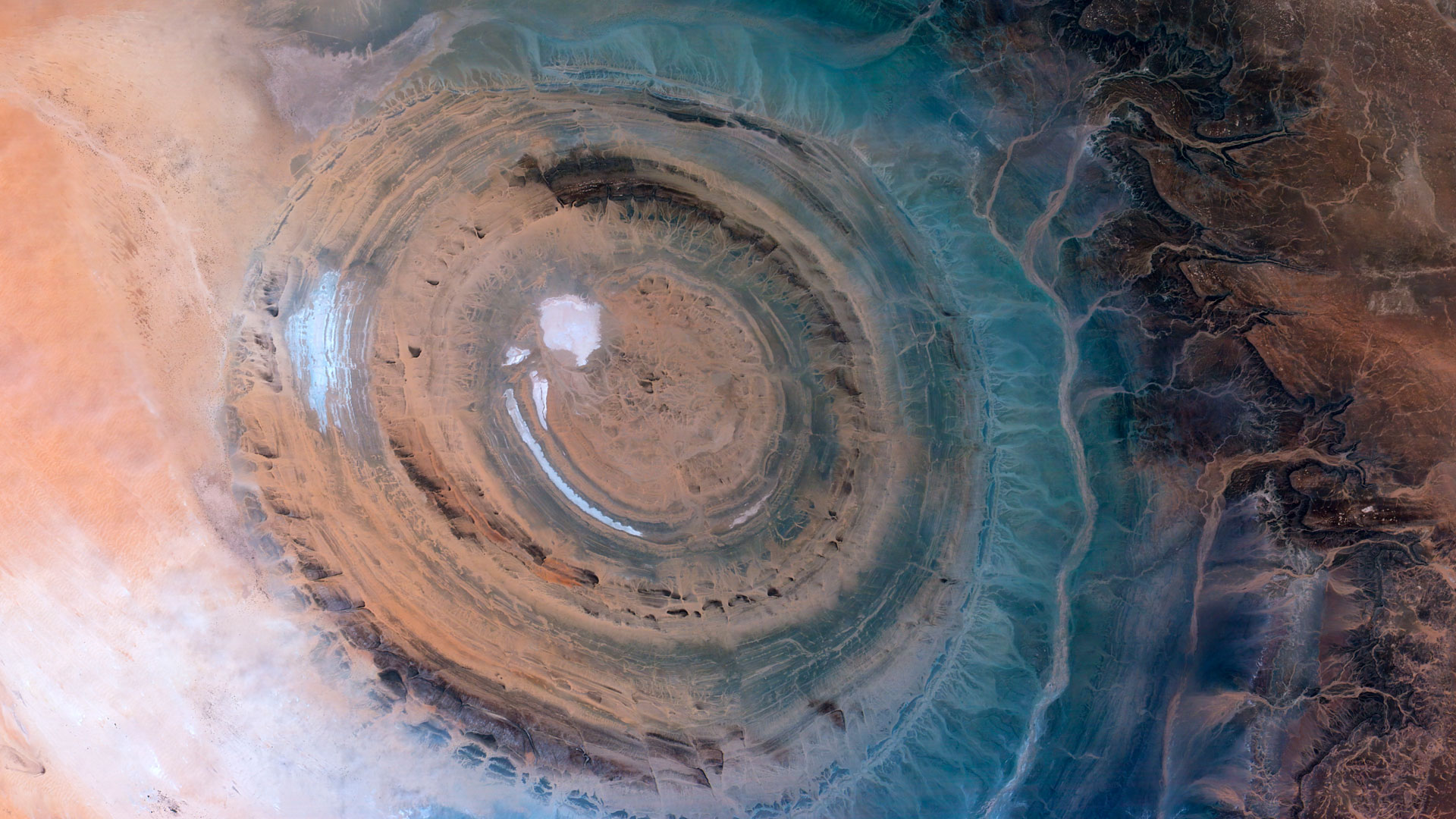
15. Giant snake orgies
Maybe you don’t really like snakes, but how do you feel about tens of thousands of harmless snakes waiting out the winter in underground limestone dens? That’s a real thing in Manitoba, Canada, home of the highest concentration of snakes in the world, according to National Geographic.
In May, they slither out of their nests to mate, with dozens of smaller male snakes lurking, waiting to ambush larger females.
“Imagine trying to find a slightly bigger piece of spaghetti in a colander of spaghetti, and it’s moving,” Bob Mason, a scientist at Oregon State University, told The New York Times this spring.

Watch the snakes in action here:
16. Bright red Lake Natron
Lake Natron, in Tanzania, can hit 140 degrees Fahrenheit and, thanks to a nearby volcano, alkalinity at the level of pure ammonia.
That means it’s almost deserted, except for a particularly hardy fish, the microbes that make it look red, and lesser flamingoes. (The birds actually use the lake as their only breeding ground — not just because they’re color coordinated, but because there aren’t very many predators around to eat the chicks.)
But animals that do die in the lake end up so coated in baking soda and similar chemicals that they look like they’ve been turned to stone.
